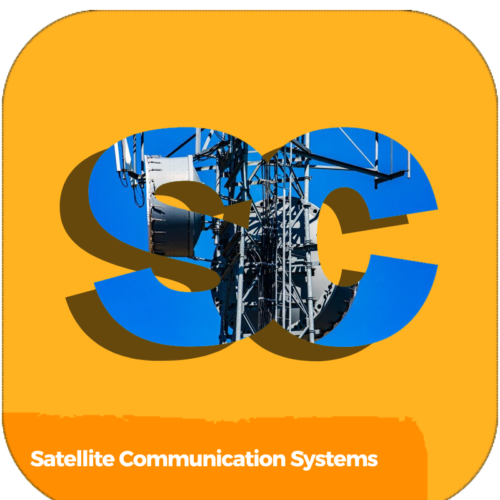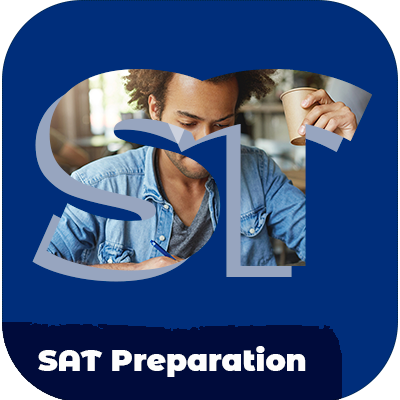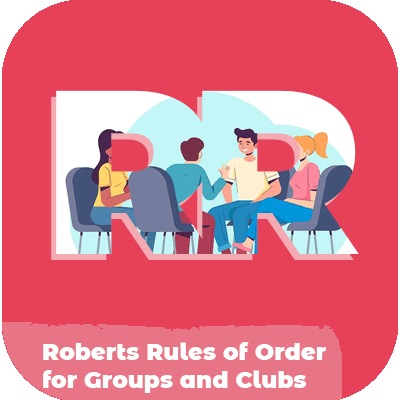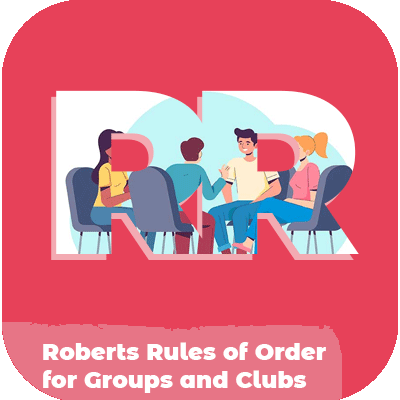Course Description: This course focuses on the maintenance of rolling stock, including locomotives, passenger cars, and freight wagons. Topics include preventive maintenance, diagnostics, and repair techniques to ensure the reliability and safety of rolling stock.
Course Objectives:- Understand the principles of rolling stock maintenance.
- Learn preventive maintenance techniques for rolling stock.
- Diagnose and repair common issues in locomotives and cars.
- Develop maintenance schedules for rolling stock.
- Evaluate the impact of maintenance on rolling stock performance.
Course Outcomes:- Implement preventive maintenance strategies for rolling stock.
- Diagnose and repair rolling stock effectively.
- Develop and adhere to rolling stock maintenance schedules.
- Ensure the reliability and safety of rolling stock.
- Optimize rolling stock performance through effective maintenance.










